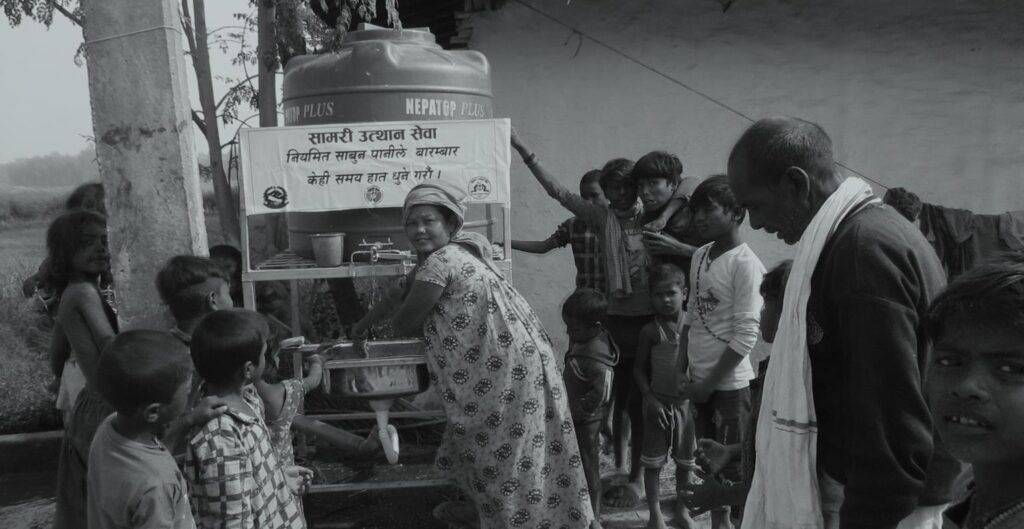Vulnerability and Religious Minorities in Nepal
In the context of the COVID-19 pandemic
Published by
Samari Utthan Sewa (SUS)
RESEARCH SUMMARY
Vulnerability is the amount of damage to social structures, services and geographical areas due to a crisis. It helps understand the effect of risks, and nature of hazardous zones. It also means the condition from which a person can deal with a crisis and recover from it.
Vulnerability is often created by society. It creates unequal effects and differentiation between different groups. So, while evaluating risks of a hazard, it is important to put into focus the social production of vulnerability as much as, if not more than, natural hazards. For that, it is necessary to understand that vulnerability is a mix of natural hazards and social inequality.
In the Nepalese context, religious minorities who have been facing structural discrimination and exclusion are highly vulnerable in the times of crisis. The objective of this study is to analyse how religious minorities become doubly vulnerable due to structural discrimination and exclusion in the time of Covid-19 pandemic.

